Bio-degradable cards
Every card imaginable!
|
Bio-degradable cards Every card imaginable! Can You Train Your Own Assistance Dog in the UK? Your Comprehensive GuideNavigating the world with a disability can present unique challenges, and for many, an assistance dog isn't just a pet – they're a lifeline, offering independence, companionship, and practical support. If you've been wondering if it's possible to train your own assistance dog here in the UK, you're not alone. It's a question many people consider, often feeling a mix of hope and uncertainty. This guide is here to walk you through everything you need to know, from the initial thoughts to the practical steps, in a way that's clear, helpful, and understanding. We'll cover the ins and outs of owner-training, what's involved, the legal bits you need to be aware of, and how you can give yourself and your future canine partner the very best chance of success. Our aim is to give you all the information you need right here, so you can make informed decisions about your journey. Table of Contents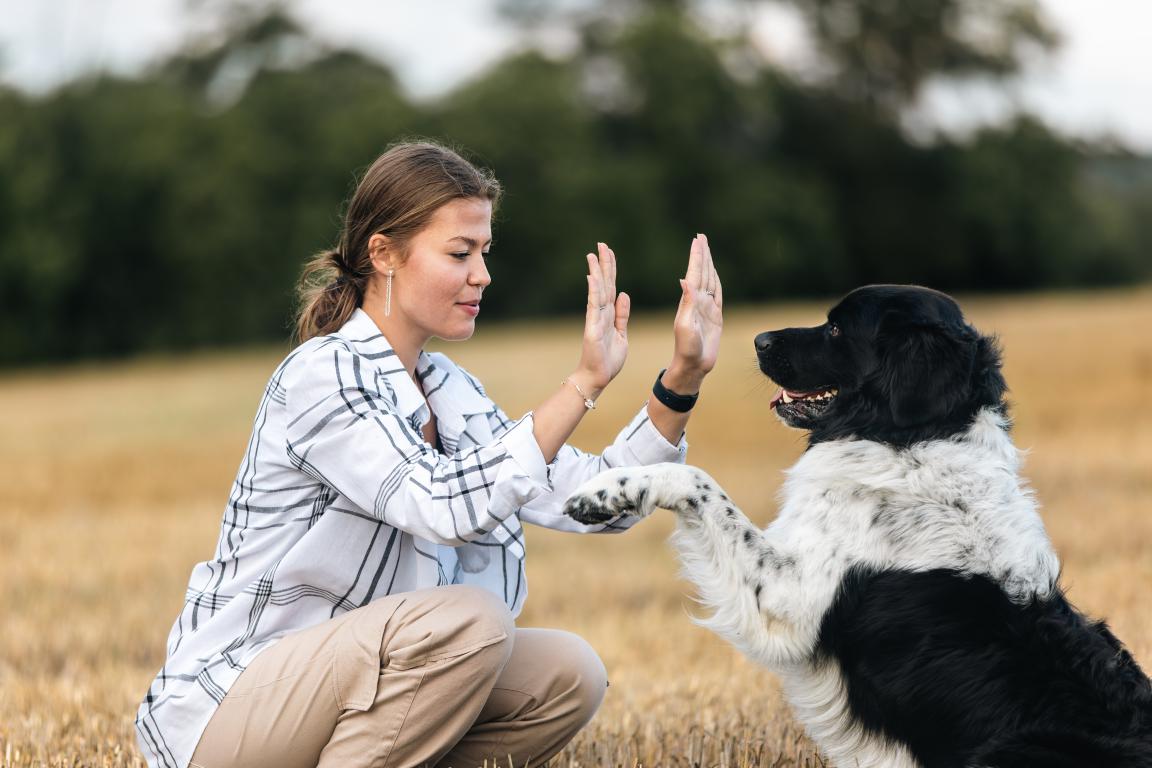
Can You Owner-Train an Assistance Dog in the UK?Yes, absolutely! It's a common misconception that all assistance dogs must come from large, established charities. While these organisations do incredible work, the Equality Act 2010 in the UK recognises assistance dogs trained by their owners, as long as they meet certain standards. This opens up a wonderful pathway for individuals who might prefer to train their own dog, perhaps because they already have a suitable dog, or they want to be deeply involved in every step of their dog's development. Owner-training means you take on the primary role of teaching your dog the specific tasks that will mitigate your disability, as well as ensuring they have impeccable public behaviour. It's a significant commitment, requiring dedication, patience, and often external guidance, but it can be incredibly rewarding. It allows for a highly personalised partnership, where the dog's training is tailored precisely to your unique needs and lifestyle. You become the expert in your dog's capabilities and how they best support you. The key thing to remember is that while you can train your own, the dog still needs to achieve the same high standards of behaviour and task performance as a dog from a recognised organisation. This ensures that both you and your dog can access public spaces without issues and that your dog is genuinely capable of providing the assistance you need safely and effectively. We'll delve into what those standards entail and how you can work towards them throughout this guide. 
Understanding What an Assistance Dog DoesBefore diving into training, it's really helpful to have a clear picture of what an assistance dog actually does. They're much more than just a well-behaved pet; they're specially trained to perform specific tasks that help to mitigate the effects of a person's disability. This can vary hugely depending on the individual's needs, making each partnership unique. For someone with a mobility impairment, an assistance dog might retrieve dropped items, open and close doors, or help with balance. For those with hearing loss, a dog could alert them to important sounds like a smoke alarm, doorbell, or telephone. Diabetics might rely on their dog to detect changes in blood sugar levels, while individuals with epilepsy could have a dog trained to alert them before a seizure or provide support during and after. For people with mental health conditions like PTSD or severe anxiety, a psychiatric assistance dog might provide deep pressure therapy, interrupt repetitive behaviours, or create a personal space barrier in public. It's not just about physical tasks either. The presence of an assistance dog can provide immense emotional support, reduce anxiety, and increase confidence, allowing their handler to participate more fully in everyday life. They become a constant, reliable partner, enabling a greater level of independence and often improving quality of life significantly. The 'assistance' they provide is truly life-changing, helping their human partner to navigate the world with greater ease and security. Their role is about empowering their handler and breaking down barriers that might otherwise exist. 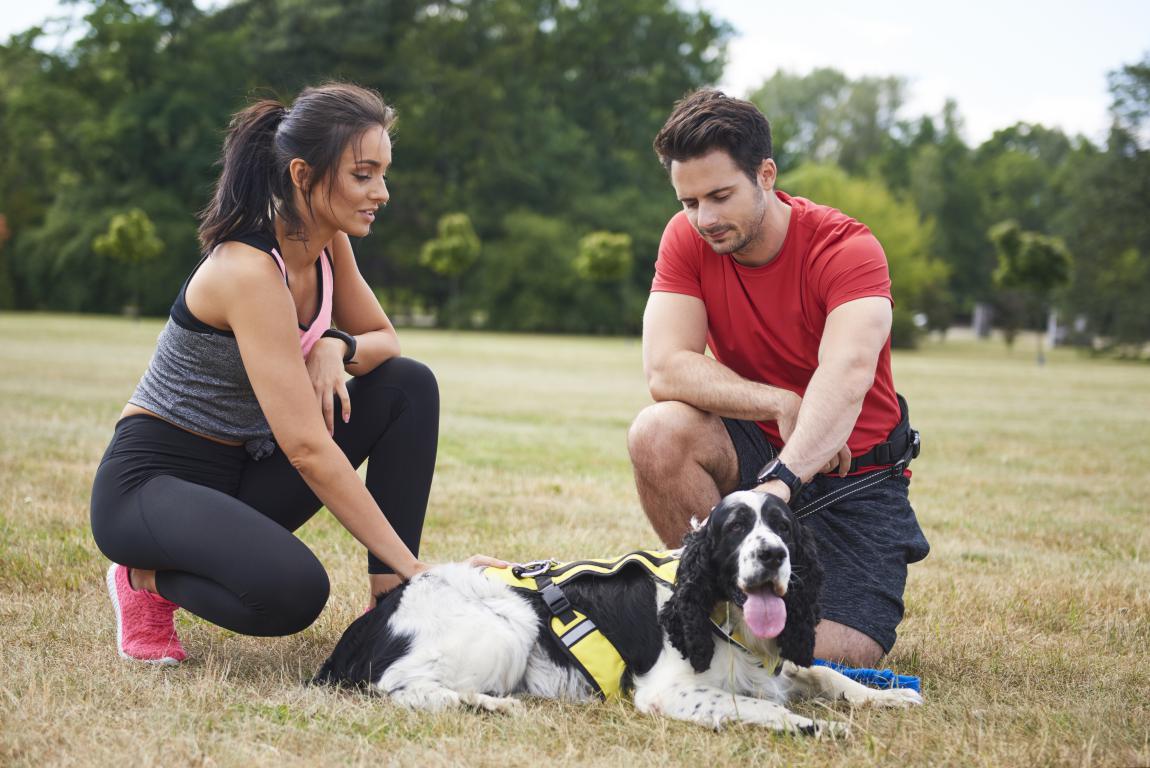
The Benefits of Having an Assistance DogThe benefits of having an assistance dog extend far beyond the practical tasks they perform. For many, an assistance dog transforms their daily life, offering a newfound sense of independence and security. Let's explore some of these profound advantages: Increased Independence and Freedom: One of the most significant benefits is the boost in independence. Tasks that might have been difficult or impossible to perform alone become manageable with the help of a trained dog. This could mean independently going shopping, using public transport, or simply navigating around the home with greater ease. This freedom allows individuals to participate more fully in society and live life on their own terms. Enhanced Safety and Security: Assistance dogs can provide a crucial layer of safety. For example, a guide dog prevents their handler from encountering obstacles, a hearing dog alerts to dangers like fire alarms, and a medical alert dog can signal a life-threatening change in their handler's health. Knowing your dog is there to help in an emergency brings immense peace of mind, not just for the handler but also for their loved ones. Improved Physical and Mental Health:
Companionship and Emotional Support: Beyond their task-specific roles, assistance dogs are loving companions. They offer unwavering loyalty, affection, and a strong emotional bond. This companionship can be particularly vital for those who might feel isolated due to their disability, providing a constant source of comfort and unconditional love. They can alleviate feelings of loneliness and provide a sense of purpose. Greater Confidence and Self-Esteem: Knowing you have a reliable partner by your side who is trained to help you navigate challenges can dramatically boost self-confidence. This increased confidence empowers individuals to try new things, go to new places, and engage more fully with the world around them, leading to a more fulfilling and active life. Advocacy and Awareness: Assistance dogs also play a subtle but important role in raising awareness about disabilities. When people see a working assistance dog, it prompts questions and increases understanding, helping to normalise disability and promote a more inclusive society. In essence, an assistance dog doesn't just help with tasks; they create a holistic improvement in their handler's life, touching on physical, emotional, social, and psychological well-being. It's a partnership that truly enriches lives. 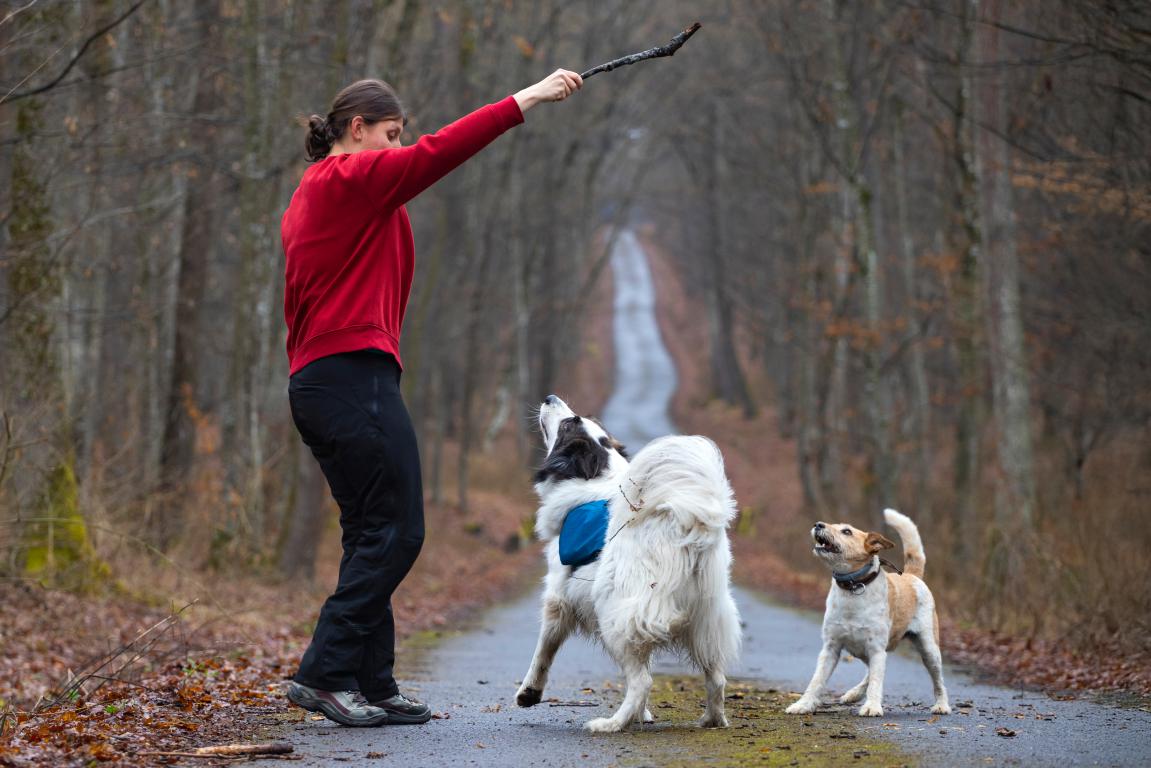
The Legal Bits: Assistance Dogs and the Equality Act 2010Understanding the legal framework is absolutely crucial when considering an assistance dog, especially if you're owner-training. In the UK, the primary piece of legislation protecting the rights of assistance dog users is the Equality Act 2010. This Act makes it illegal for service providers to discriminate against disabled people. What the Equality Act Says: The Act states that service providers (like shops, restaurants, hotels, transport providers, and public services) must make "reasonable adjustments" to ensure disabled people are not disadvantaged. For assistance dog users, this generally means allowing access for their well-behaved assistance dog, even if there's a "no dogs" policy. The law acknowledges that an assistance dog is not a pet but an essential aid for a disabled person. Key Points from the Act:
Why This Matters for Owner-Trainers: The flexibility of the Equality Act is a huge positive for owner-trainers. It means that if your dog is genuinely trained to mitigate your disability and behaves appropriately in public, they have the same legal rights of access as a dog trained by a large charity. However, because there isn't a national registration system for owner-trained dogs, you might occasionally face more questions or challenges from service providers who are less familiar with the law. This is where good training, clear identification, and being prepared to politely explain your rights (and your dog's role) become invaluable. We'll discuss how to achieve these high standards of training and public behaviour later in this guide to help you navigate this aspect successfully. 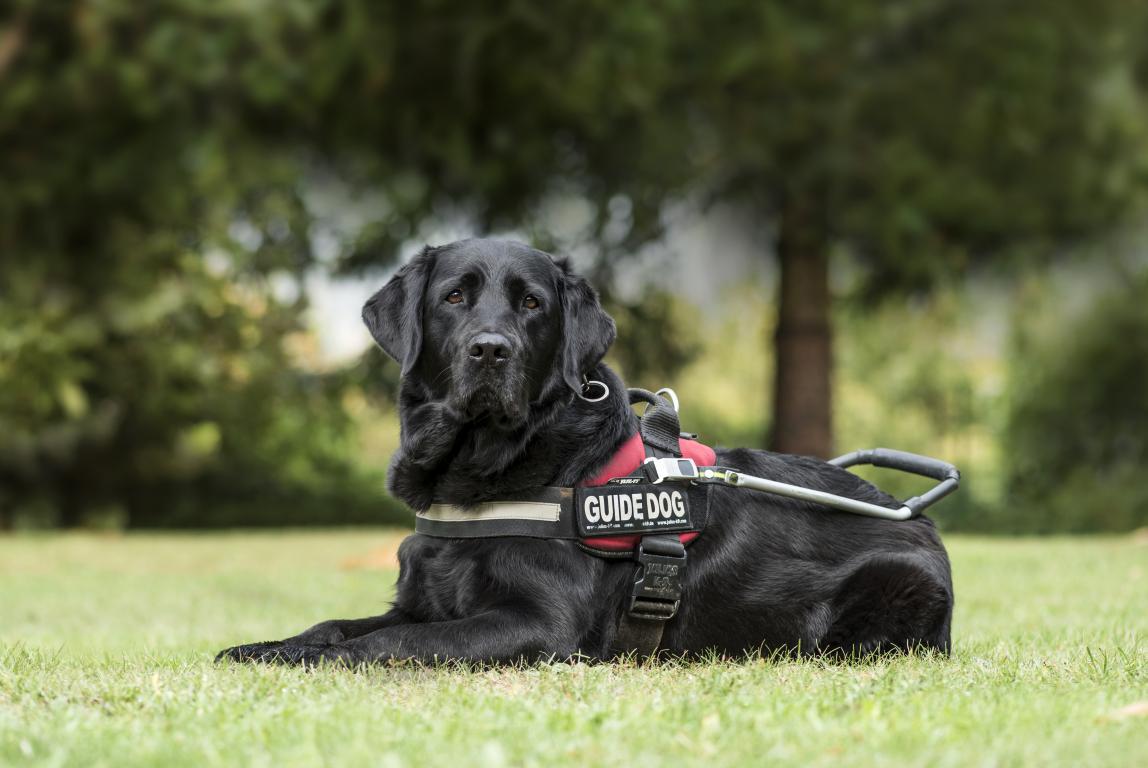
Recognised Assistance Dog Organisations in the UKWhile owner-training is a viable path, it's also important to be aware of the established assistance dog organisations in the UK. These charities play a huge role in training and placing assistance dogs and often provide valuable resources and support, even if you choose to owner-train. Knowing about them helps you understand the gold standard of training and behaviour, and they can sometimes offer assessments or guidance for owner-trained dogs. Here are some of the main organisations recognised for their work:
Why These Organisations Matter (Even for Owner-Trainers):
While you don't have to go through one of these organisations to have a legally recognised assistance dog, they offer incredible support and are a testament to the life-changing power of these amazing animals. Understanding their role helps you appreciate the rigorous standards involved in creating a truly effective assistance dog partnership. 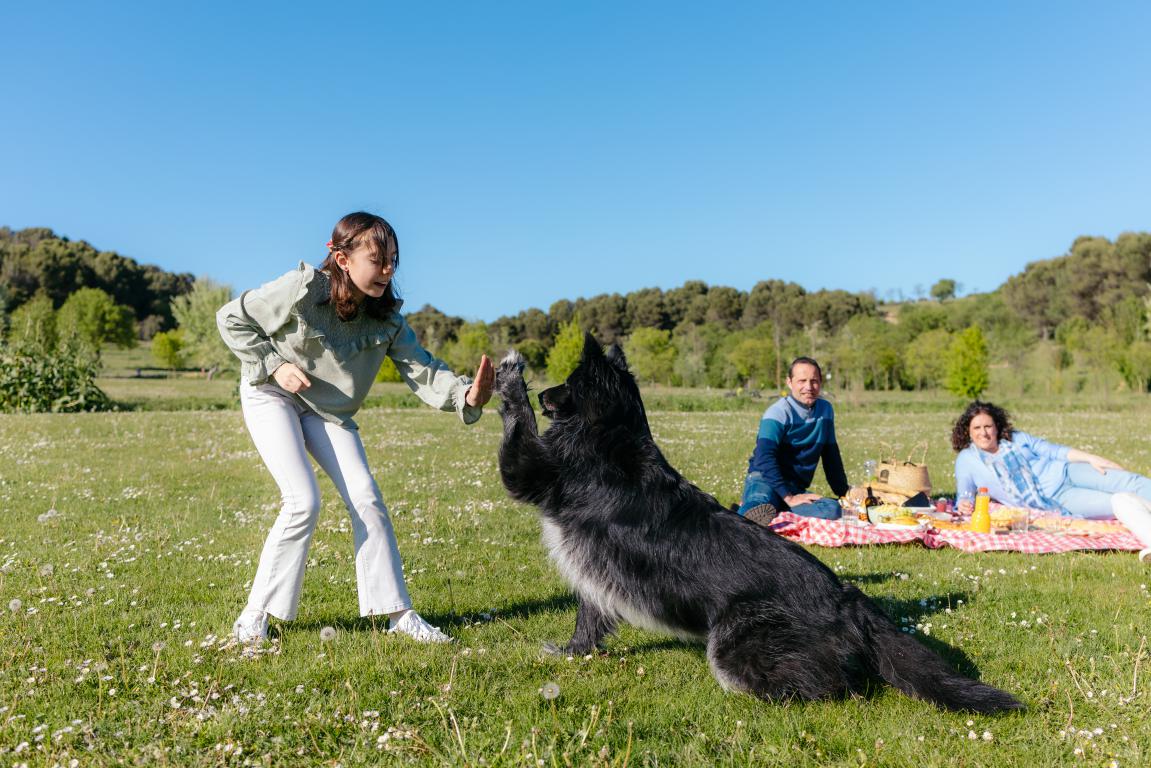
The Owner-Training Journey: What to ExpectEmbarking on the owner-training journey for an assistance dog is a significant undertaking, but it's also an incredibly rewarding one. It requires dedication, consistency, and a realistic understanding of what's involved. Here's a breakdown of what you can expect: 1. A Long-Term Commitment:Training an assistance dog isn't a quick process. It typically takes between 18 months to 2 years, sometimes longer, for a dog to be fully trained and ready for all public access work. This means a sustained commitment to daily training, socialisation, and ongoing practice throughout your dog's working life. You'll be spending a lot of time with your dog, nurturing their skills and reinforcing good behaviour. 2. Significant Time Investment:You'll need to dedicate consistent time each day to training sessions, even if they're short. This includes formal training, practising tasks, and ensuring proper socialisation. It's not just about teaching commands; it's about shaping a well-rounded, confident, and reliable working dog. This is often an hour or two of focused work daily, plus integrating training into everyday life. 3. Financial Outlay:While you save on the cost of acquiring an already-trained dog from a charity, owner-training still involves financial costs. These can include:
4. Emotional and Physical Demands:Training can be challenging and sometimes frustrating. There will be days when your dog doesn't seem to 'get it', or when you feel overwhelmed. Patience is key. You'll also need to be physically capable of handling and training your dog, particularly during their puppy and adolescent phases when they have a lot of energy. It's important to consider your own energy levels and potential health fluctuations. 5. Constant Learning – for Both of You:You'll be learning alongside your dog. This means researching training methods, understanding canine behaviour, and continually adapting your approach. You'll become very attuned to your dog's signals and needs. This learning never truly stops, as you'll be refining skills throughout your partnership. 6. Public Education and Advocacy:As an owner-trainer, you'll likely encounter situations where service providers are unfamiliar with owner-trained assistance dogs. You'll need to be prepared to politely and confidently advocate for your rights and explain your dog's role. This can sometimes be tiring, so developing a thick skin and a clear, concise explanation is helpful. 7. Immense Reward:Despite the challenges, the bond you build with a dog you've trained yourself is incredibly deep and special. Seeing your dog perform tasks that genuinely help you, and knowing you taught them those skills, is immensely satisfying. The independence and companionship they bring will be a direct result of your hard work and dedication. Owner-training isn't for everyone, but for those who are prepared for the journey, it can lead to an extraordinary partnership built on mutual trust, understanding, and shared achievements. It's about empowering yourself and your dog to create a life-changing team. 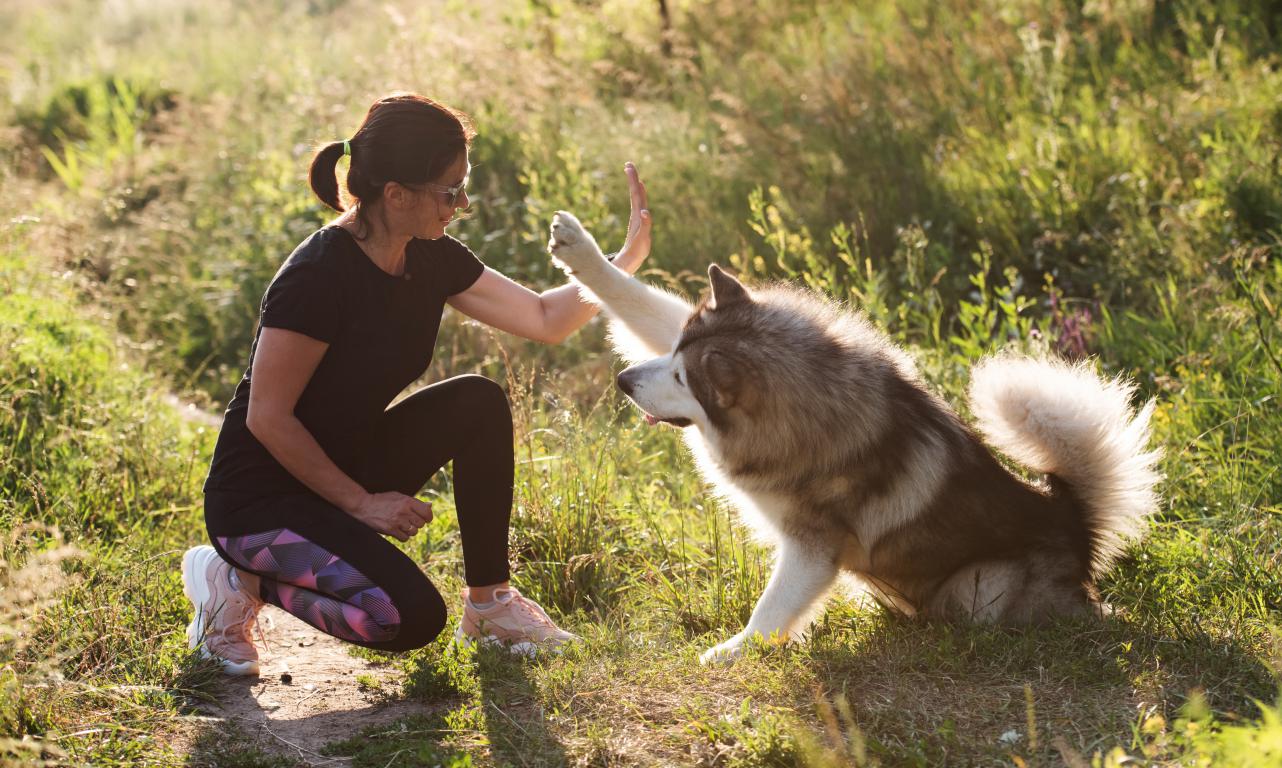
Choosing the Right Dog for Assistance WorkSelecting the right dog is arguably one of the most critical steps in the owner-training journey. Not every dog, regardless of breed or background, is suited for the demanding role of an assistance dog. Temperament, health, and breed characteristics all play a significant role in determining potential success. 1. Temperament is Paramount:This is the most important factor. An assistance dog must have an exceptional temperament. Look for a dog that is:
Avoid dogs that show any signs of aggression, severe anxiety, extreme shyness, or hyperactivity. These traits are incredibly difficult, if not impossible, to train out and can jeopardise public access and safety. 2. Health is Non-Negotiable:An assistance dog needs to be fit and healthy throughout its working life.
3. Age and Background:
4. Breed Considerations:While any breed can technically be an assistance dog if they have the right temperament, some breeds are more commonly chosen due to their general characteristics:
Ultimately, the individual dog's personality and health are far more important than its breed. A well-selected dog from the outset will make the entire training process much smoother and increase your chances of success. Taking your time with this decision is vital. To learn more about breeds of Assistance Dogs, we highly recommend that you read our guide Most Popular Assistance Dog Breeds in the UK: It could really help! 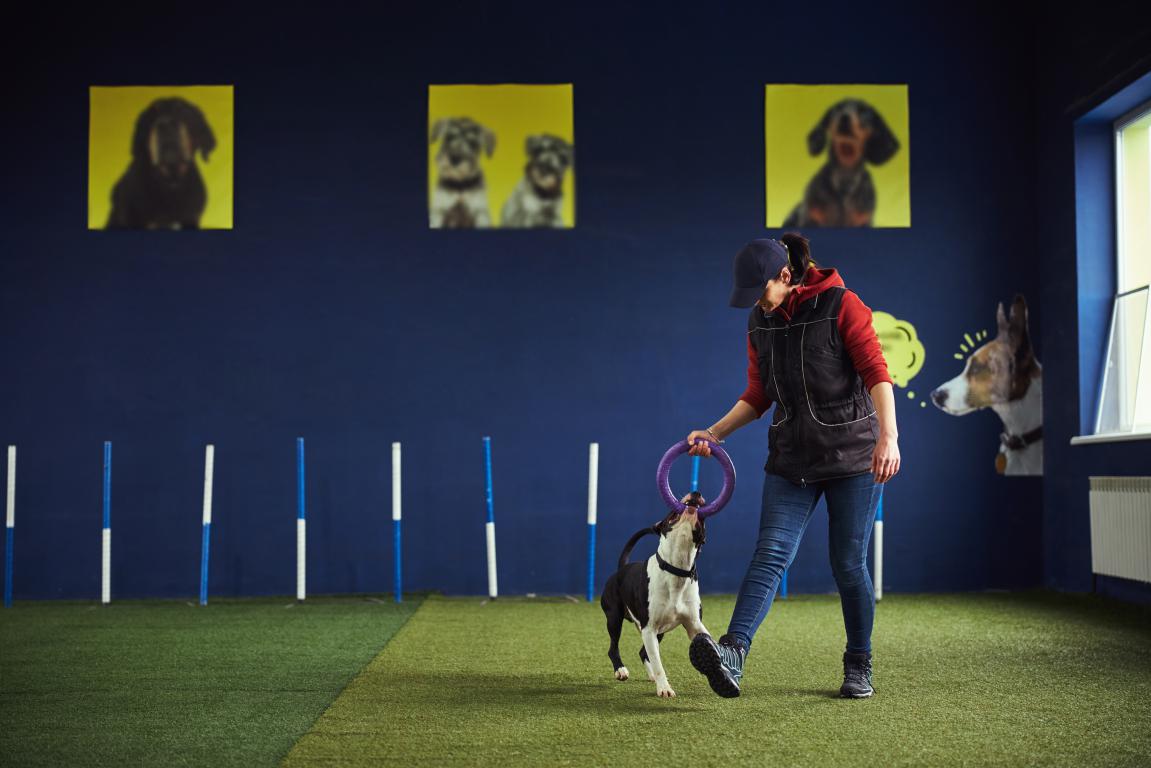
Essential Training Stages and SkillsOnce you have chosen your potential assistance dog, the real work begins! Training an assistance dog is a structured process, building from basic obedience to complex tasks and public access. It's helpful to think of it in stages, each building upon the last. Stage 1: Foundation – Puppyhood and Basic Obedience (8 weeks - 6 months)This stage is all about building a strong foundation of trust, communication, and basic manners.
Stage 2: Intermediate Training – Manners and Task Introduction (6 months - 1.5 years)As your dog matures, you'll refine their basic skills and start introducing more complex behaviours and tasks directly related to your disability.
Stage 3: Advanced Training – Public Access and Refinement (1.5 - 2+ years)At this stage, your dog should be demonstrating consistent reliability and be ready for full public access.
Throughout all stages, consistency, patience, and positive reinforcement are your best friends. Short, frequent training sessions are more effective than long, infrequent ones. And remember, seeking guidance from professional assistance dog trainers is invaluable to ensure you're on the right track and to help troubleshoot any challenges. They can offer insights into canine learning theory and provide tailored advice for your specific needs and your dog's progress. 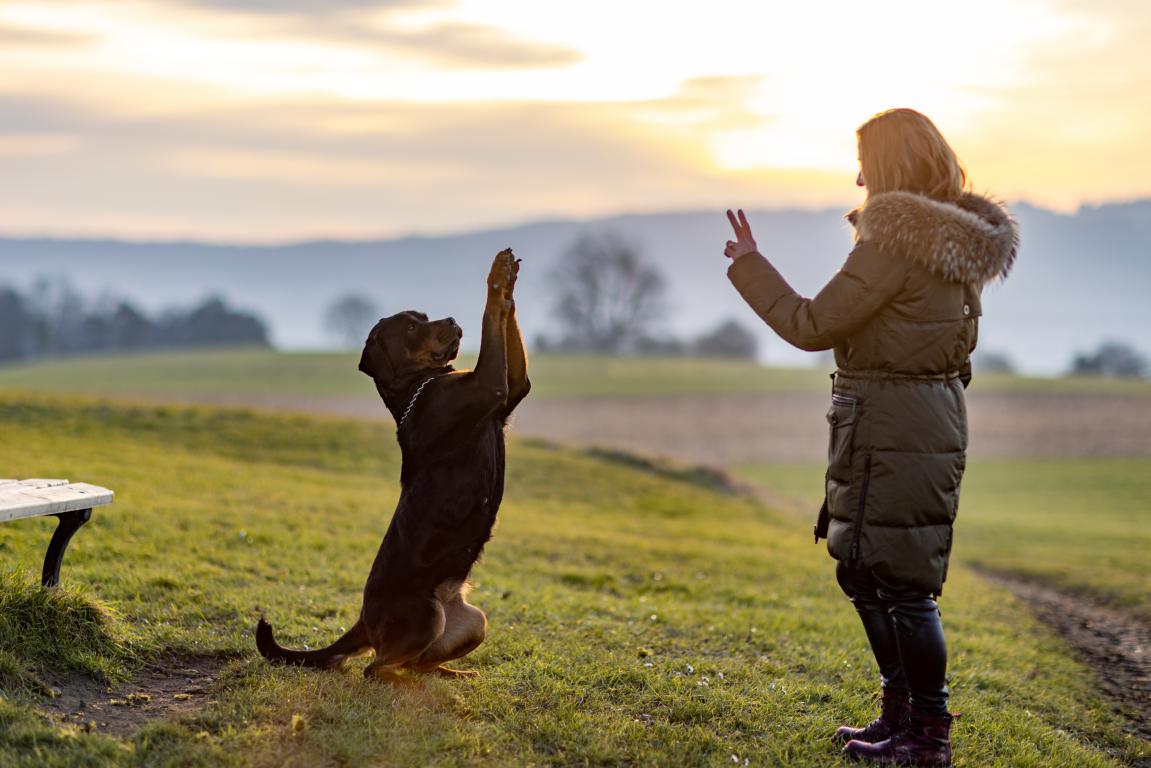
Socialisation and Public AccessSocialisation and public access training are two of the most critical components of owner-training an assistance dog. Without comprehensive and positive experiences in a wide range of environments, even the most well-meaning dog cannot reliably perform their duties in public. What is Socialisation?Socialisation isn't just about meeting other dogs and people; it's about exposing your puppy or dog to a vast array of novel, positive, and varied experiences in a controlled way. The goal is to build a confident, resilient dog who is comfortable and unfazed by the world around them. Key Elements of Effective Socialisation:
When to Socialise:The most critical socialisation period for puppies is generally considered to be from 3 to 16 weeks of age, but it must continue throughout their lives. Even adult dogs need ongoing exposure to new things to maintain their confidence. What is Public Access Training?Public access training focuses specifically on how your dog behaves in public spaces where pets are generally not allowed but assistance dogs have legal access. It's about ensuring your dog is a polite, unobtrusive, and safe companion who won't disrupt others or cause issues. Core Principles of Public Access Training:
Challenges and How to Address Them:
Socialisation and public access are ongoing processes that require immense patience and consistency. It's often where owner-trainers benefit most from the guidance of experienced assistance dog trainers who can help navigate these complex environments safely and effectively. The goal is to ensure your dog is a confident, calm, and reliable partner in any public situation. 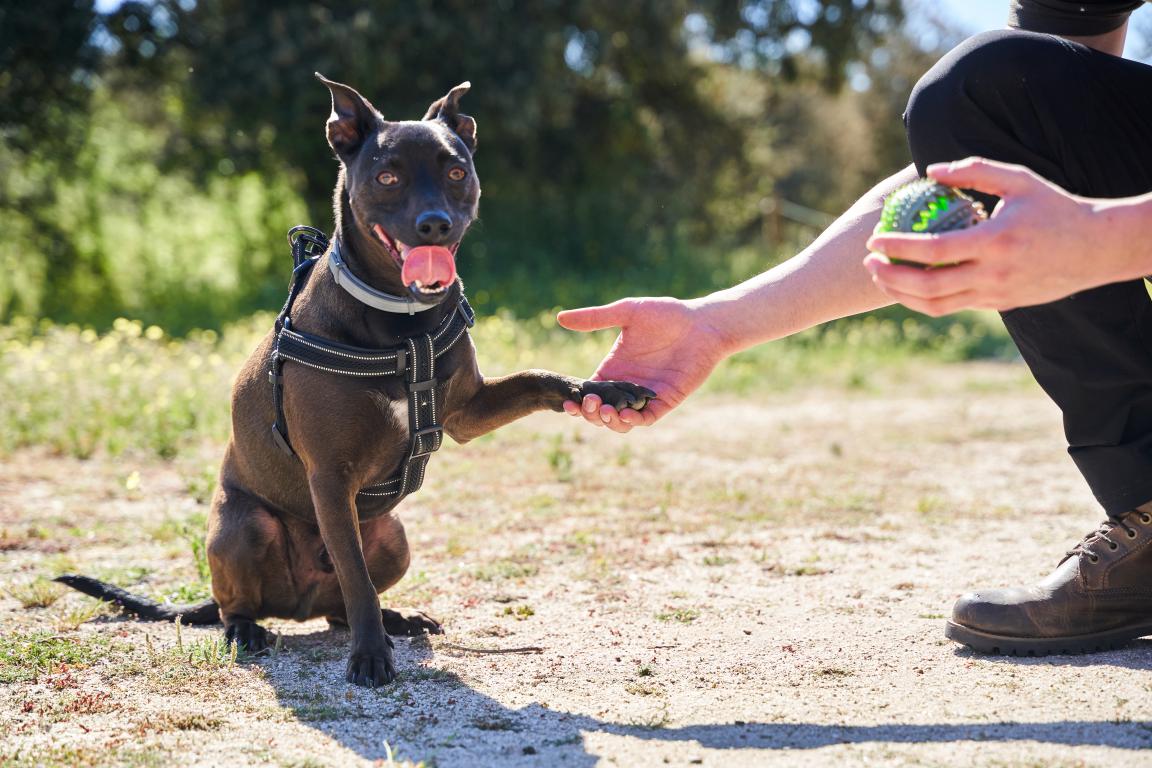
Certification and Assessment for Owner-Trained DogsOne of the most frequently asked questions for owner-trainers is about certification. While the Equality Act 2010 doesn't explicitly require formal certification for an assistance dog, having some form of assessment or recognition is highly recommended. It provides a benchmark for your dog's training, offers credibility, and can significantly ease public access. Why Seek Assessment or Certification?
What Does an Assessment Involve?Assessments for owner-trained assistance dogs typically cover two main areas: public access behaviour and task performance. 1. Public Access Test (PAT):This is a comprehensive test of your dog's behaviour in a variety of public settings. It evaluates their ability to:
2. Task-Specific Assessment:This evaluates your dog's ability to perform the specific tasks that mitigate your disability. An assessor will observe your dog performing these tasks to ensure they are:
Where Can You Get Assessed or Certified?As there isn't a single, government-mandated national certification body for owner-trained assistance dogs in the UK, you'll need to look to specific organisations that offer these services:
What to Look For in an Organisation/Assessor:
While getting certified adds an extra layer of effort and cost, it provides invaluable peace of mind and greatly assists in navigating public life with your owner-trained assistance dog. It demonstrates your commitment and your dog's readiness to be a respectful and effective working partner. 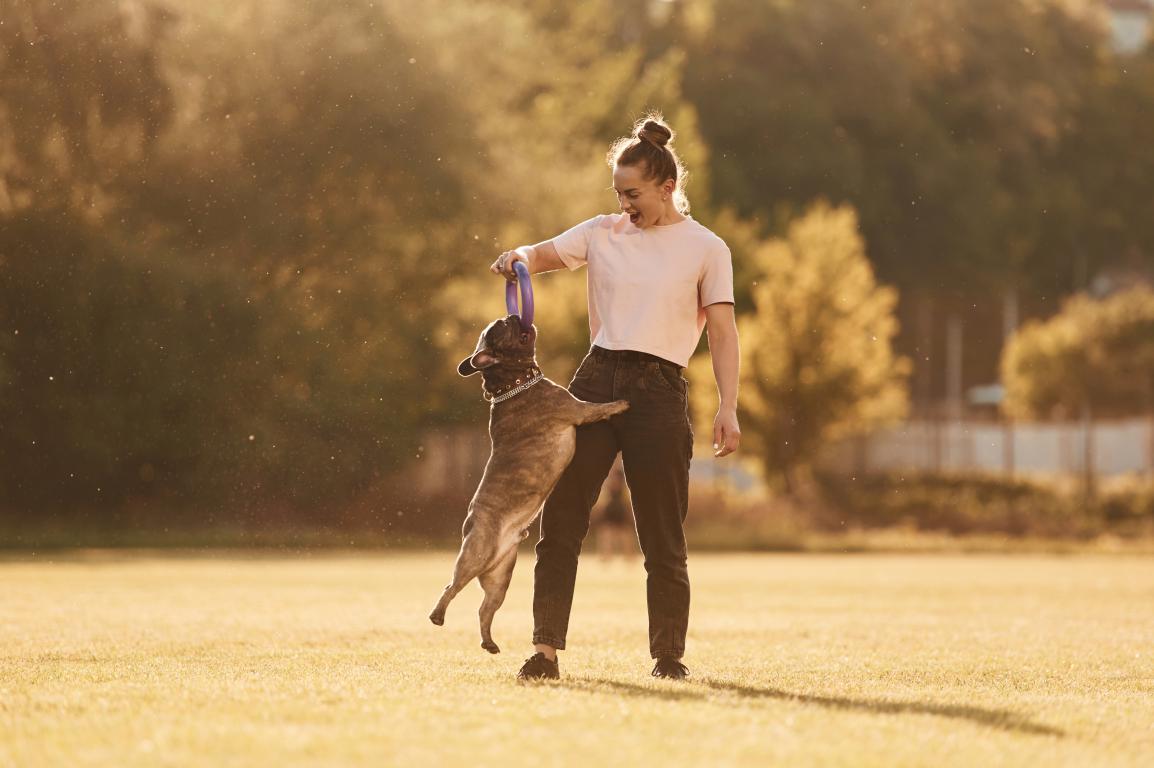
Challenges and Considerations of Owner-TrainingOwner-training an assistance dog, while immensely rewarding, is not without its unique set of challenges and important considerations. Being aware of these from the outset can help you prepare and navigate the journey more smoothly. 1. Isolation and Lack of Support:One of the biggest differences from getting a dog from a charity is the potential for isolation. Charities provide a built-in support network, including experienced trainers, veterinary care, and peer groups. Owner-trainers often have to actively seek out and build their own support system, which can be time-consuming and sometimes difficult. Finding experienced mentors or a community of other owner-trainers is crucial to overcome this. 2. Objectivity and Bias:It can be challenging to remain objective about your own dog's progress and behaviour. As their loving owner, you might inadvertently overlook minor behavioural issues or struggles that a professional trainer would spot immediately. This is why external assessments and guidance from impartial experts are so important. They can provide an honest evaluation of your dog's readiness for assistance work. 3. Public Confrontation and Education:Despite the Equality Act 2010, you are likely to encounter individuals or service providers who are uneducated about assistance dog access rights, especially for owner-trained dogs. This can lead to confrontations, denials of access, and the need to constantly explain and advocate for your rights. This can be emotionally and physically draining. You'll need strategies for handling these situations calmly and confidently. 4. Financial Burden:While you save on the cost of a charity-trained dog, the costs of owner-training are significant. These include:
5. Time Commitment and Consistency:Training an assistance dog requires an immense amount of time, daily dedication, and unwavering consistency over a period of 18 months to 2 years, often longer. This isn't just about scheduled training sessions; it's about integrating training into every aspect of your daily life. If your disability fluctuates or you have other significant demands on your time, maintaining this consistency can be a major challenge. 6. Managing Dog Adolescent Phases:Just like human teenagers, dogs go through an adolescent phase (roughly 6 months to 2 years) where they can test boundaries, become more easily distracted, and sometimes seem to "forget" training. This period requires extra patience, consistent reinforcement, and a strong sense of humour. It's a common point where owner-trainers can feel discouraged. 7. Knowing When to Seek Professional Help:It can be difficult to know when you've reached the limit of your own training abilities or when a specific behavioural issue requires expert intervention. Recognising when to call in a professional assistance dog trainer or a qualified veterinary behaviourist is crucial. Delaying expert help can entrench problem behaviours or hinder progress. 8. Risk of Failure:Despite your best efforts, not every dog is suited to be an assistance dog, even if they started with good potential. A dog might develop health issues, anxieties, or behavioural traits that make them unsuitable for public access or task work. Being prepared for this possibility, and having a plan for what happens if your chosen dog doesn't make it as an assistance dog, is a tough but important consideration. It's not a failure on your part, but simply acknowledging that some dogs are better suited to being beloved pets. 9. Handler Fatigue and Burnout:The cumulative demands of managing a disability, constantly training a dog, dealing with public interactions, and managing finances can lead to handler fatigue or burnout. It's vital to have self-care strategies, a strong support system, and to recognise when you need a break. While these challenges are real, they are not insurmountable. Many owner-trainers successfully navigate these hurdles and build incredible, life-changing partnerships with their dogs. The key is to enter the journey with realistic expectations, a commitment to learning, and a willingness to seek support when needed. 
Support and Resources for Owner-TrainersYou don't have to embark on the owner-training journey completely alone. There's a growing network of support and resources available in the UK that can make a huge difference to your success and well-being. Actively seeking these out is a vital part of your plan. 1. Professional Assistance Dog Trainers and Behaviourists:This is perhaps the most crucial resource. Look for trainers who specifically:
2. Owner-Trained Assistance Dog Organisations/Groups:Several smaller, dedicated groups in the UK specifically cater to owner-trainers. These can offer:
3. Online Communities and Forums:Social media groups and online forums dedicated to owner-trained assistance dogs in the UK can be a fantastic source of peer support, information, and camaraderie. These can offer:
4. Veterinary Professionals:Your vet is an invaluable partner, not just for health, but also for advice on:
5. Disability Organisations and Advocacy Groups:Organisations that support people with your specific disability may have resources or connections related to assistance dogs, even if they don't directly train them. They can also offer support regarding your rights as a disabled person. 6. Books, Websites, and Educational Resources:Educate yourself! There's a wealth of information available on canine behaviour, training methods, and assistance dog standards. Look for resources that are:
Remember, building a strong support network is not a sign of weakness; it's a smart strategy for success. Don't be afraid to ask for help, learn from others, and leverage the resources available to you. This journey is challenging, but with the right support, it can lead to a truly transformative partnership. 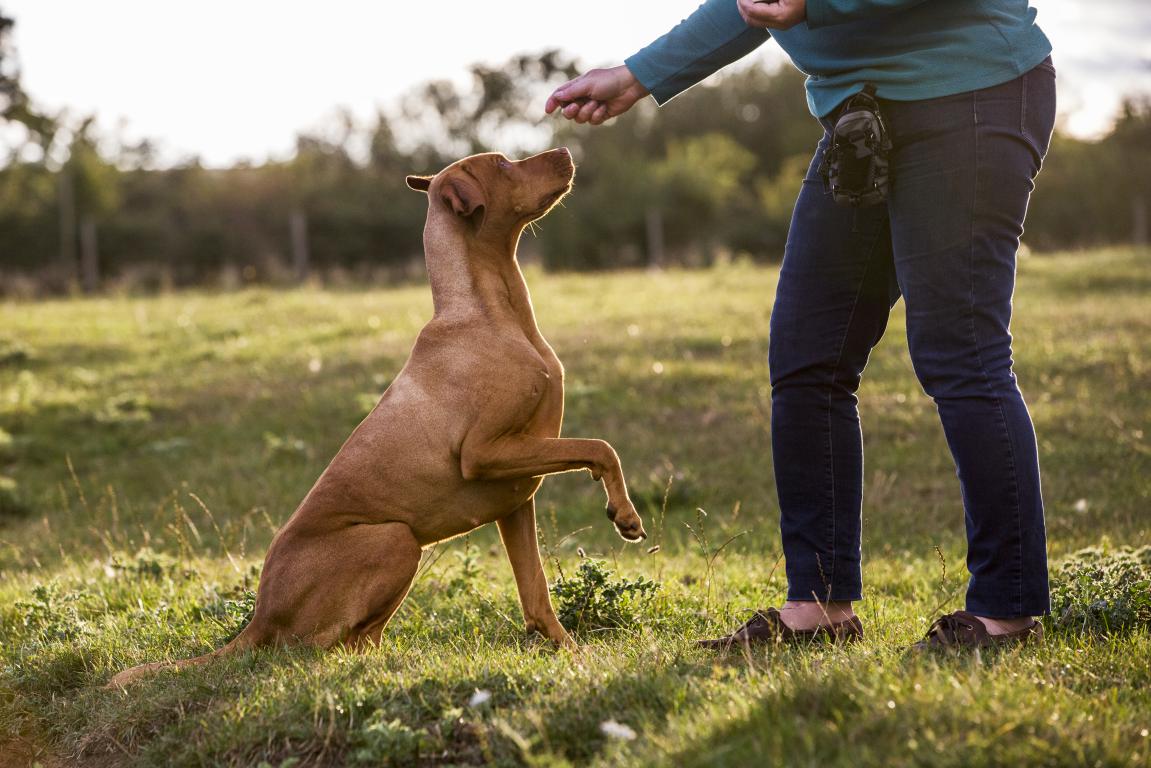
Connecting with the Assistance Dog CommunityBecoming part of the wider assistance dog community can be one of the most enriching aspects of your owner-training journey. This community offers invaluable support, shared understanding, and a sense of belonging that can really help you through the ups and downs. Why Connect with the Community?
How to Connect:
Remember, building these connections takes time. Start by engaging online, attend an event if you can, or join a local group. The benefits of being part of this supportive community will enhance your owner-training experience and enrich your life with your assistance dog. 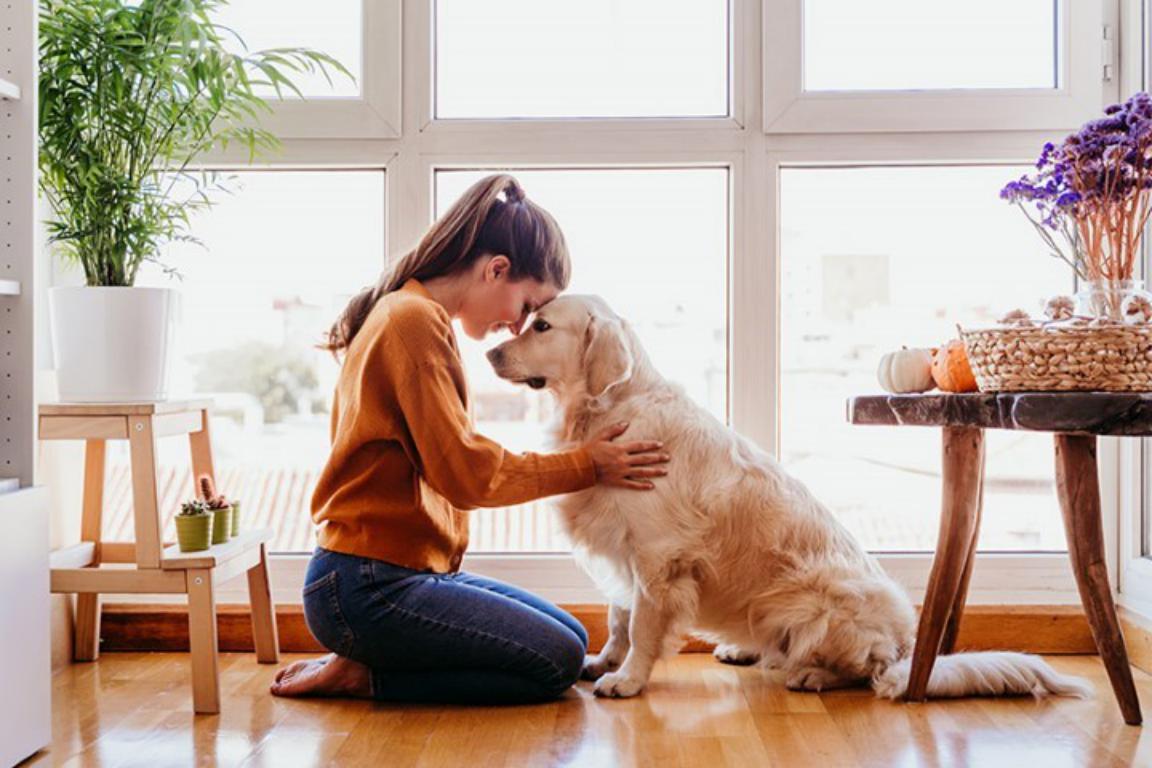
Taking the Next Step with Your Assistance Dog JourneyYou've read through a lot of information, and hopefully, you now have a much clearer picture of what owner-training an assistance dog in the UK entails. It's a journey filled with commitment, learning, and immense rewards. If you're feeling ready to take the next step, here are some actionable points to consider:
The decision to owner-train your assistance dog is a profound one, offering a deeply personal and empowering path to greater independence. We hope this guide has provided you with the comprehensive, empathetic, and clear information you needed to feel confident in exploring this incredible possibility. For more detailed information on assistance dogs, their legal rights, and what it means to have one in the UK, we invite you to explore our main guide: What You Need To Know About Assistance Dogs and The Equality Act 2010. It delves deeper into the legal protections and practical considerations that every assistance dog handler should be aware of.
© 2024 The Card Project Uk Ltd
VAT: 453 2087 06
|